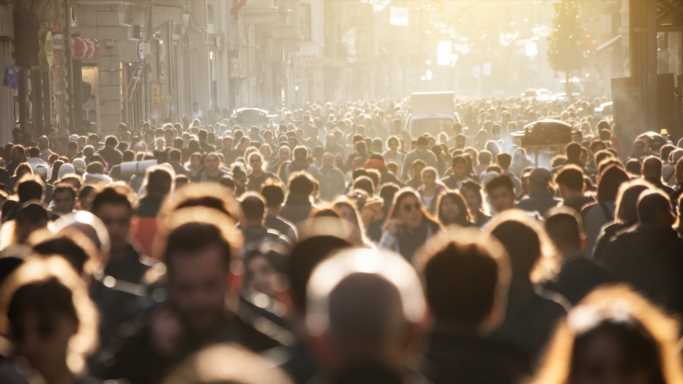An average of about 34.3 million Americans packed up and moved each year over the last decade. Some did so to be in a better neighborhood, while others moved for job opportunities or another reason. And some U.S. cities have proven to be much better than others at drawing in new residents and appealing to those who are starting families.
Using metropolitan area level data from the U.S. Census Bureau’s American Community survey, 24/7 Wall St. identified America’s fastest growing cities. We ranked metro areas based on population change from July 2010 to July 2019. Each metro area on this list has reported a population growth of at least 19% over that period.
We also considered supplemental data on median household income and median home value from the Census’ ACS. Data on annual unemployment rate and employment changes came from the Bureau of Labor Statistics.
Population change is the product of two factors — net migration and natural growth. Natural growth is the number of births over a given period less the number of deaths. Net migration is the difference between the number of new residents — either from other parts of the country or from abroad — and the number of residents who have left the area. In most of the rapidly growing metro areas, population growth has been largely driven by migration.
The metro areas on this list are located exclusively in the West and in the South. Many include coastal cities with climates that are warmer than in much of the rest of the country. Just over half of the metro areas on this list are located in either Florida or Texas — states that do not levy personal income taxes. This may be a compelling financial incentive for many Americans. Here is a look at the states with the highest and lowest taxes.
New residents may also have been drawn to the cities on this list for their job markets, which in most cases have been relatively strong in the years leading up to the COVID-19 recession.
The influx of new residents in these cities has invariably led to increased demand for housing, and greater demand has likely pushed home prices higher. In nearly every city on this list, the value of a typical home increased faster than the national appreciation of 33.7% between 2010 and 2019. In one metro area, home values more than doubled over that period. Here is a look at the most expensive place to live in every state.
Click here to see America’s fastest growing cities.
Source: Read Full Article
